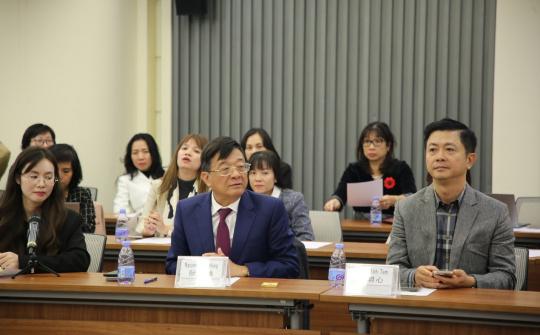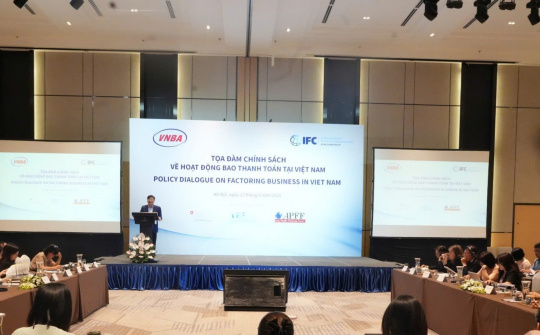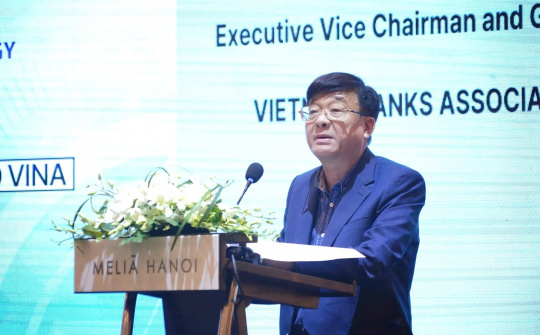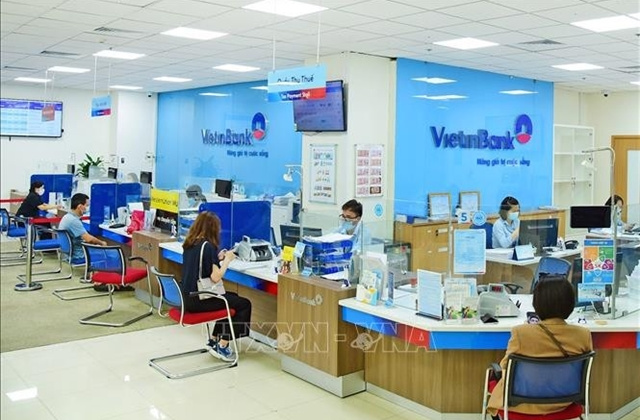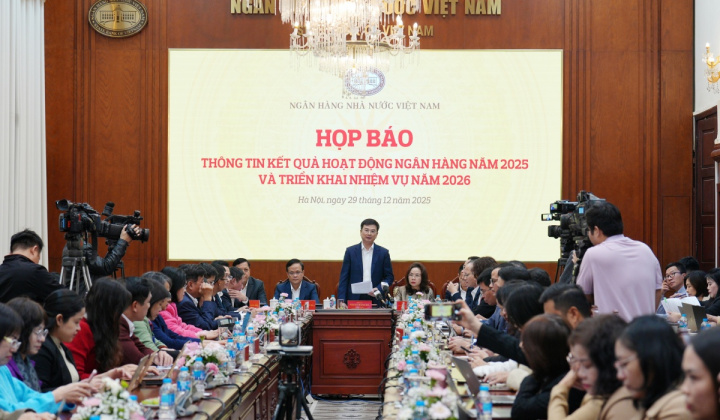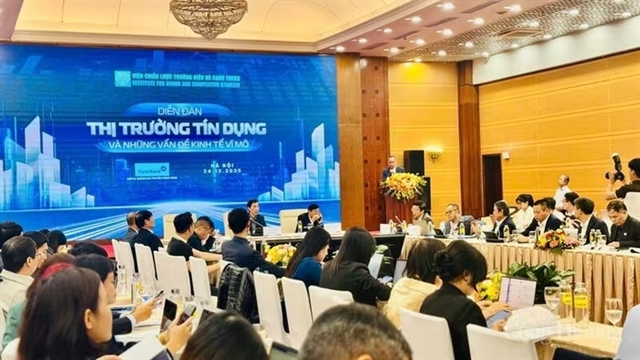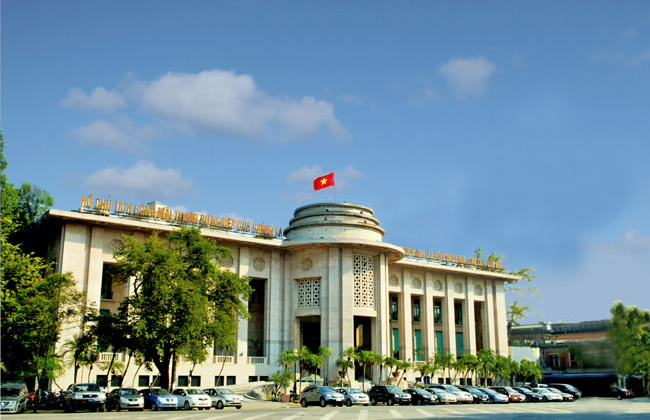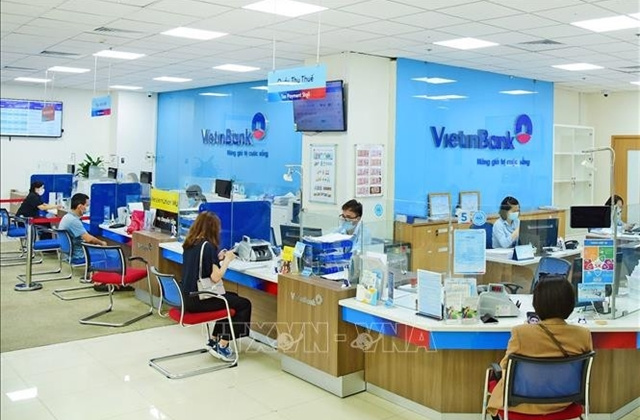On the last day of April, the government approved controlled testing in the banking sector, which will take effective from July. Of this, peer-to-peer (P2P) lending is one of three fintech solutions allowed for testing, along with credit scoring and data sharing via Open API.
According to the State Bank of Vietnam (SBV), P2P lending uses an online platform to directly connect borrowers with investors, excluding traditional financial intermediaries. Loan and debt repayment transactions are saved in electronic records, securely stored and publicly available on the system of platform developers.

Can Van Luc, chief economist at BIDV, said that P2P lending may fit with small loans, minimising costs and time for borrowers, thanks to quick procedures. Specifically, the cost of mobilising through organisations and banks is 5 per cent, the cost of borrowing is about 10 per cent, so the intermediary cost is 5 per cent. Now, under a P2P lending model, investors who have idle money will receive higher interest, while borrowers will pay lower.
“However, the nature of this model is to give money for lending to strangers, so the risk is extremely high. Therefore, we need to evaluate the borrower’s creditworthiness, solutions for collecting debts, who and how to do, as well as the lending interest rate,” he said.
Financial expert Nguyen Tri Hieu commented that P2P lending has four different levels. Fintech company creates applications for investors and borrowers to find each other. Fintech companies then introduce and assess the financial situation of the borrower and then transfer it to the investor.
“Next, fintech companies are not only an intermediary company but also a third party participating in signing contracts with investors and borrowers. As for the final level, they have the responsibility of debt collection and liquidation of assets for investors,” Hieu explained. “The SBV should clearly define the responsibilities of each party to mitigate losses of investors. The current issues need to be managed seriously.”
Although the legal basis for P2P lending had not been officially issued, operation on some scale was taking place quietly, but with many complications. The model appeared in 2016 and flourished in 2020-2022, with such names as TIMA, VO247, Fiin Credit, Vaymuon, and Huydong.
By the end of 2022, VO247 lost liquidity and went bankrupt. Fiin Credit announced support, but the company also fell into a state of illiquidity. The P2P lending community went into a state of panic and wave of withdrawals spread widely. At present, P2P lending is the playground of only a few units, such as TIMA and Landbiz.
In Asian countries, P2P lending is growing strongly, with market sizes expanding thanks to digital technology and large financial needs. However, this also poses great challenges for regulatory policies, especially the ability of borrowers to repay loans to minimise credit risks and protect investors.
South Korea deploys advanced measures to ensure the ability to repay debts in P2P lending, using AI and big data analytics to assess creditworthiness, tapping non-traditional data such as online transaction history or e-commerce revenue. This has reduced the default rate from 7 per cent in 2020 to 5-6 per cent in 2023.
Platforms are required to set up a reserve fund to cover losses if borrowers cannot repay their debts, protecting investors’ rights. The 2020 P2P Act requires platforms to publicly disclose default rates and use escrow accounts to safely manage capital. For individual customers, loans are limited to 50 million won ($36,000) to reduce the risk of debt overload. Some platforms partner with insurance companies to provide loan insurance, minimising losses for investors.
In Japan, platforms like Crowd Credit require borrowers to provide detailed financial information, such as financial statements of small and medium-sized enterprises (SMEs) or income histories of individuals, and publicly disclose default rates on online platforms. Crowd Credit partners with banks like Bankers Holding to share credit data, improving the accuracy of credit assessments.
In 2023, the P2P lending market in Japan is expected to reach ¥50 billion ($330 million), with low rates thanks to these measures. For individual customers, loans are capped at around ¥500,000 ($3,000), with strict identity verification to not fraud.
In Thailand, platforms such as PeerPower offer free online courses on financial management, helping SMEs and individuals develop effective debt repayment plans. They use big data to assess creditworthiness, approve loans within 48 hours, with a default rate of 3-5 per cent by 2024.
The Bank of Thailand requires the use of escrow accounts, disclosed default rates, and limits individual loans to around $2,800. PeerPower checks transaction history via e-wallets and partners with banks to improve accuracy.


